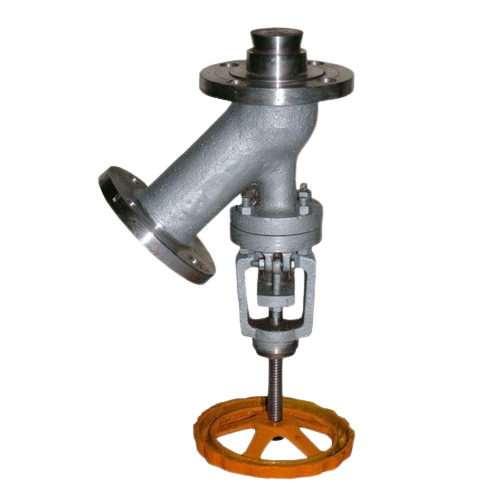A Flush Bottom Valve is a special-purpose valve that is used to drain abrasive, slurry, viscous material, or semi-solid media from pipes, reactors, and vessels.
This type of valve is available in sizes ranging from 15 mm to 150 mm, and can be made of a variety of materials such as cast iron, cast steel, stainless steel 304/316, or any other unique alloy to meet the needs of the user. Depending on the technique, the valve seating is Teflon, Neoprene, or Viton.
On a pad type nozzle, this sort of valve is attached to the vessels. When the discs are closed, they are flush with the bottom of the vessel or piping, preventing any build-up or stagnation.
Flush bottom valves come in two varieties.
- Valves with disk opening into the tanks.
- Valves with disk into the valve
The stem in the first scenario pushes the disc into the tank, draining the liquid. When there are internals that restrict the movement of the disc, this type cannot be employed.
The material’s drain could be completely impacted. In the second situation, the disc is dragged down into the valve, causing material to be discharged.
A normal flush bottom valve’s input size is usually one size larger than the outflow size. Special constructions are conceivable when both sizes are the same. In comparison to the entrance port, the outlet port is at an angle.
Normally, a variation of 45 or 60 degrees is provided. Flanged end connections are common.
Smaller sample/drain valves, on the other hand, have been designed with a welding end at the inlet to handle higher pressures. ANSI 300 lbs. is the highest rating currently available for flanged valves.
The disc closes against the body seat to switch off the system.
Depending on the application, jacketed flush bottom valves are also an option. The disc and seat may be manufactured to such precision that they could also be used for vacuum work.


